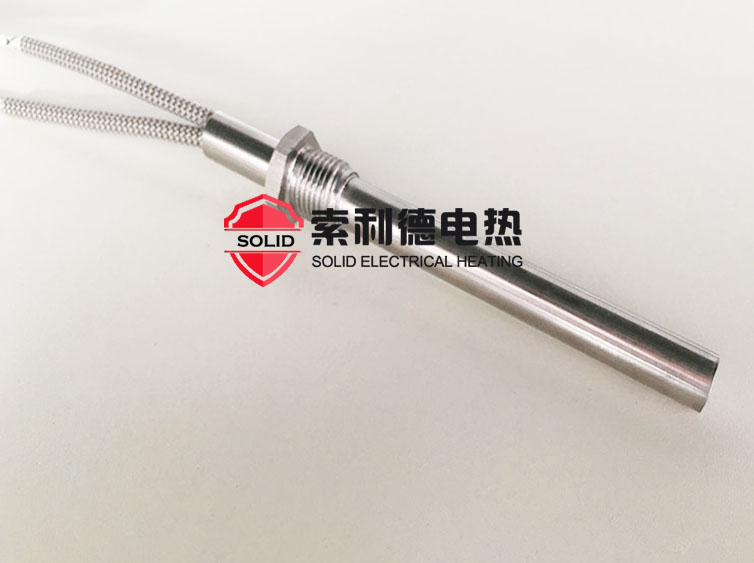| Product search: |
Pellet igniter |
- Stainless steel ignition rod

Composition and structure of stainless steel ignition rod:
The stainless steel ignition rod is an electric heating element with one end outgoing. It has good insulation performance, using high-purity magnesium oxide with high thermal conductivity as filling material. The product has the characteristics of high inherent power, high thermal efficiency and fast heat dissipation.
The heating principle is mainly through the internal resistance wire through the current heating, in the case of fixed voltage, the larger the resistance value, the smaller the power; the smaller the resistance value, the greater the power. Is it possible to save cost and improve thermal efficiency by using resistance wire with small resistance? The answer is No. generally, the larger the resistance is, the smaller the wire diameter of the resistance wire is, and the larger the current through the resistance wire is when the voltage is fixed. When the current passing through exceeds the load of the resistance wire, it is easy to break and damage. Therefore, the resistance of the electric heating tube is not the greater the better. The appropriate resistance wire should be selected according to the actual situation and normal use.
Advantages and disadvantages of stainless steel ignition rod:
1. Advantages: economical, meet the needs of ignition, firm
2. Disadvantages: it is not resistant to high temperature, and its service life is lower than that of silicon nitride ignition rod
-
Previous:First article
Next:Baffle type single-end heating